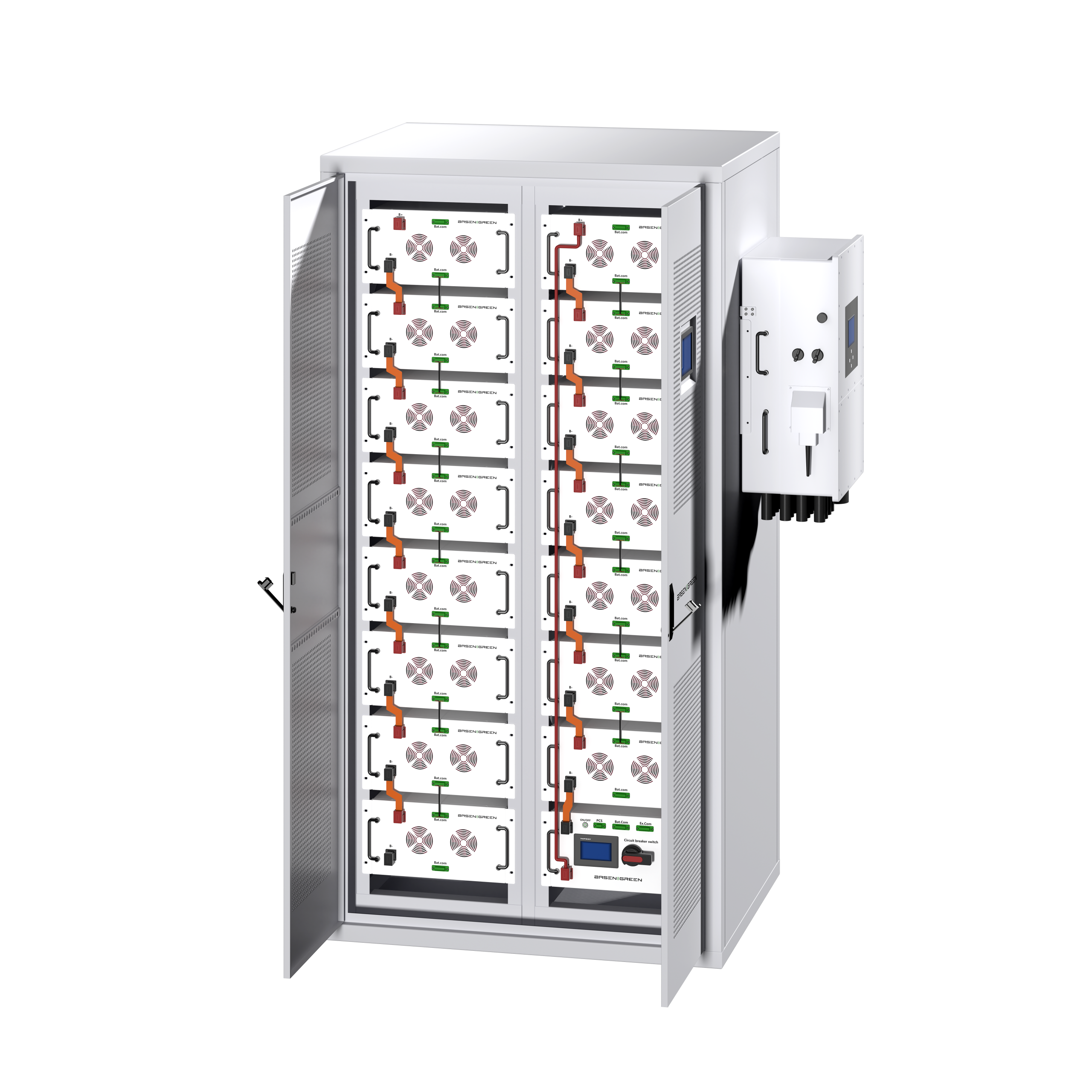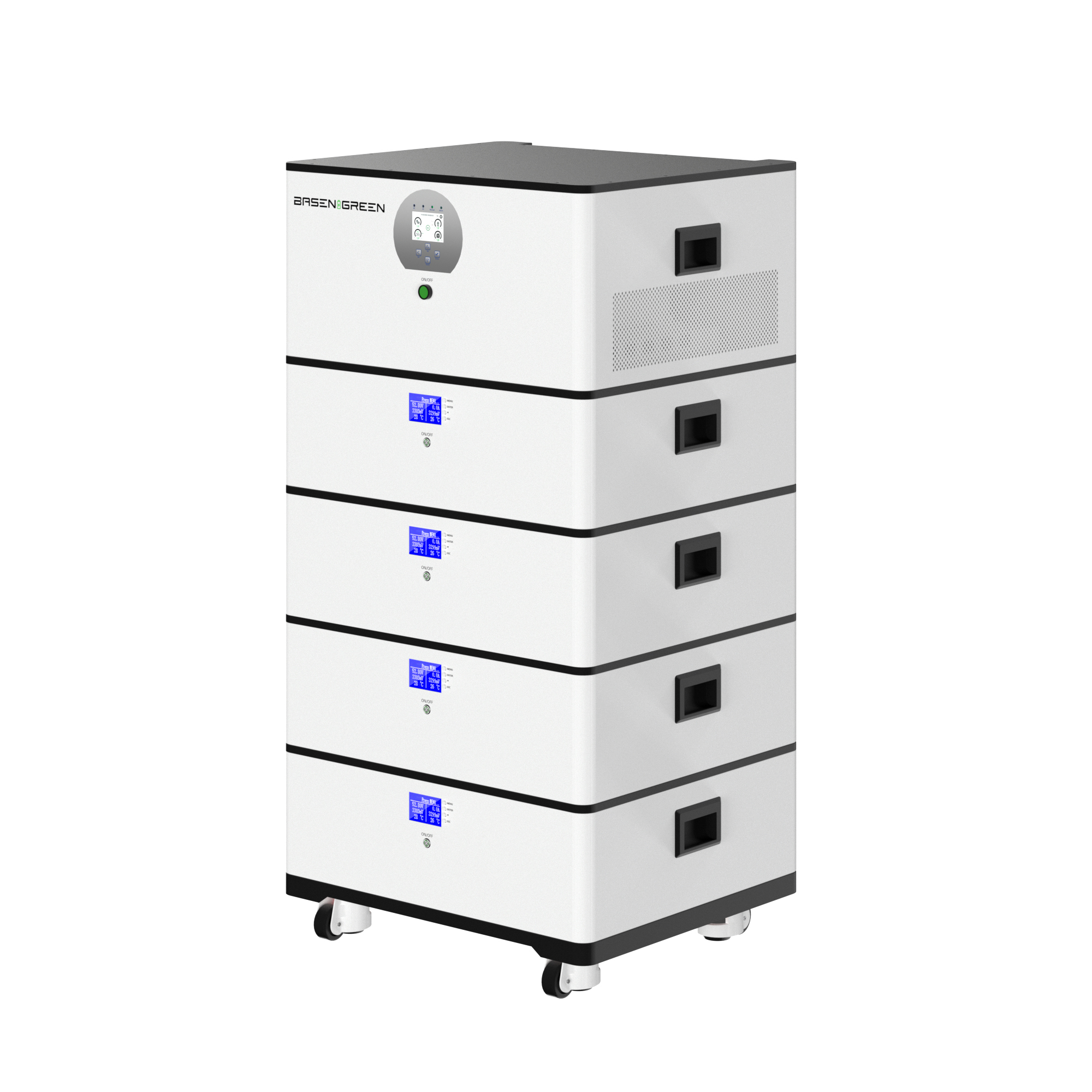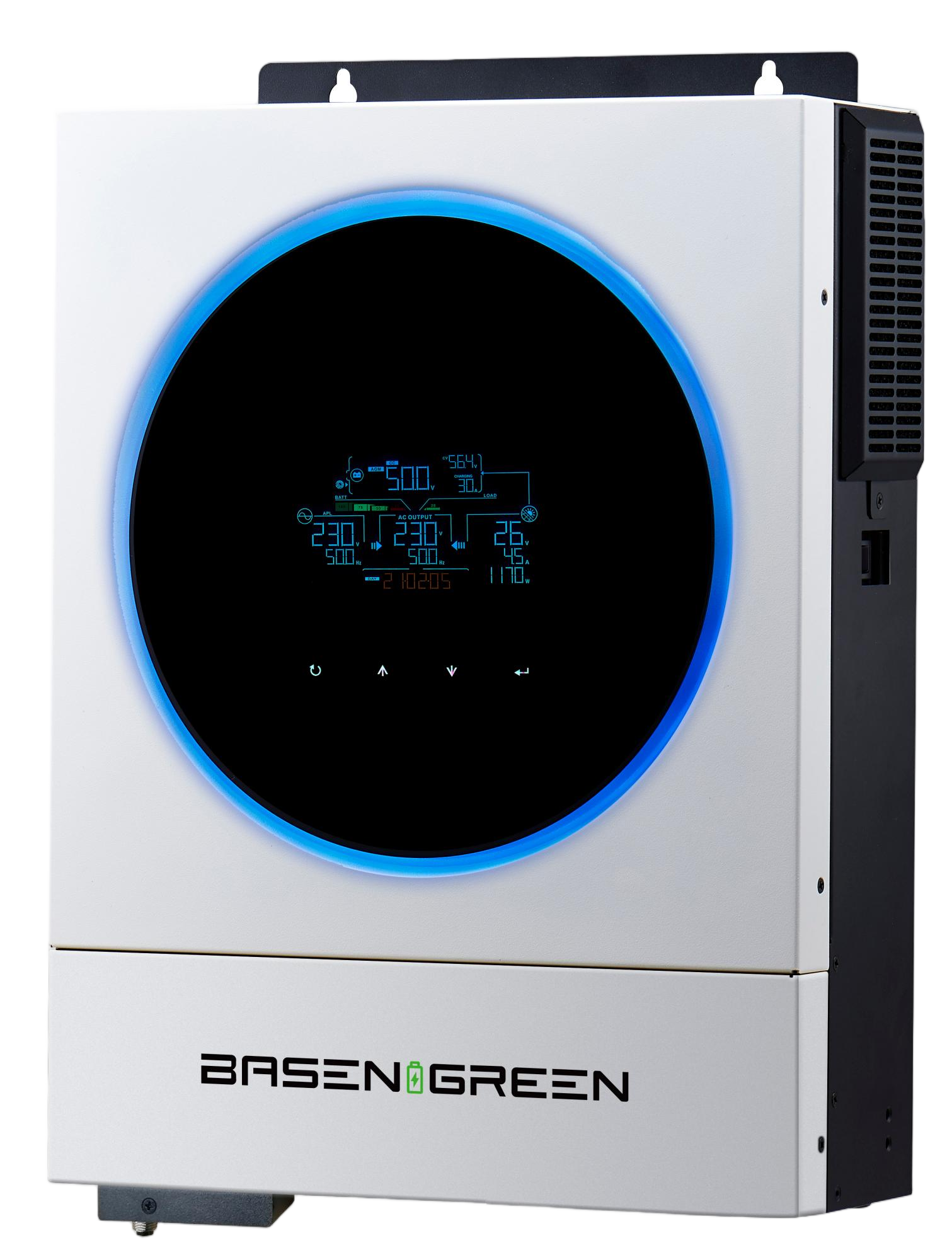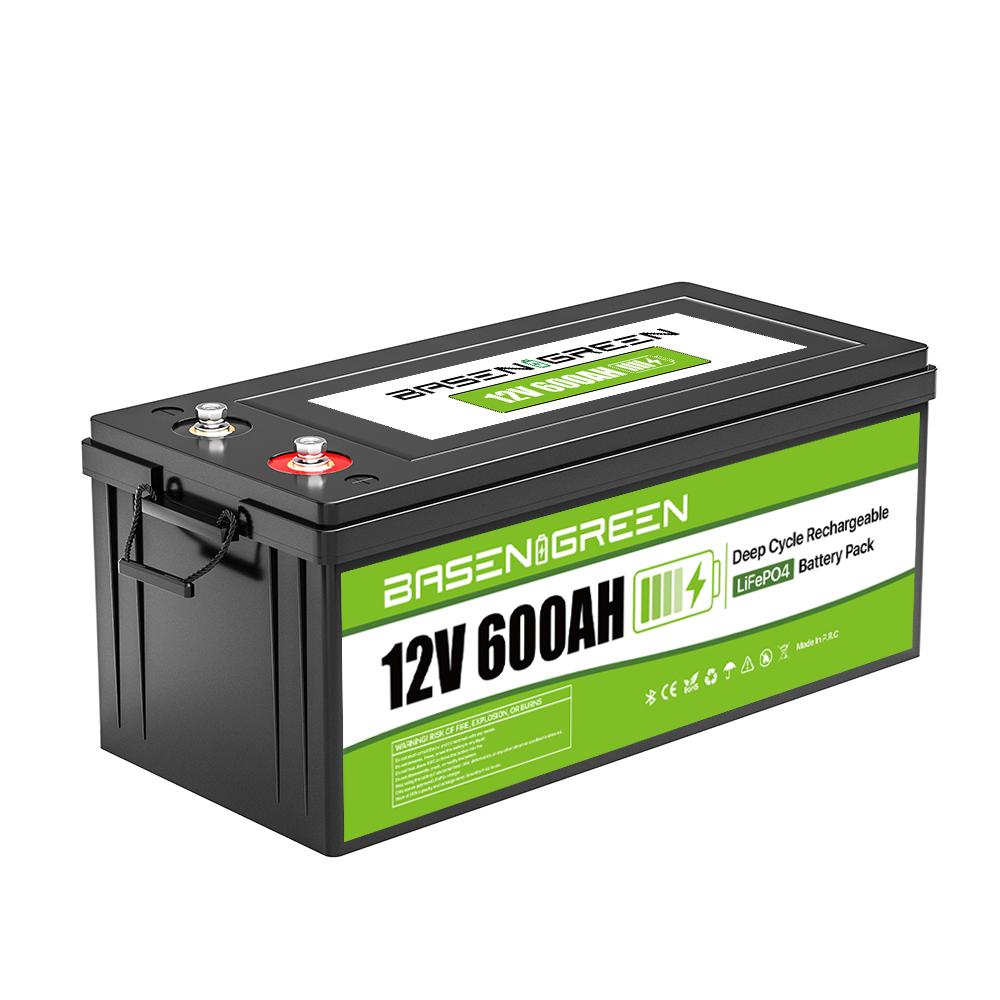Overvoltage Protection Comparison in Deye/SunGrow Inverters: A Technical Insight
In the realm of solar energy, the choice of the right inverters is paramount for ensuring efficiency and longevity of your solar system. Among the various inverters available in the market, Deye and SunGrow have emerged as popular brands, each offering unique features and technologies. One critical aspect to consider when selecting an inverter is the overvoltage protection mechanism, which plays a vital role in safeguarding your system from potential damage caused by voltage spikes or fluctuations.
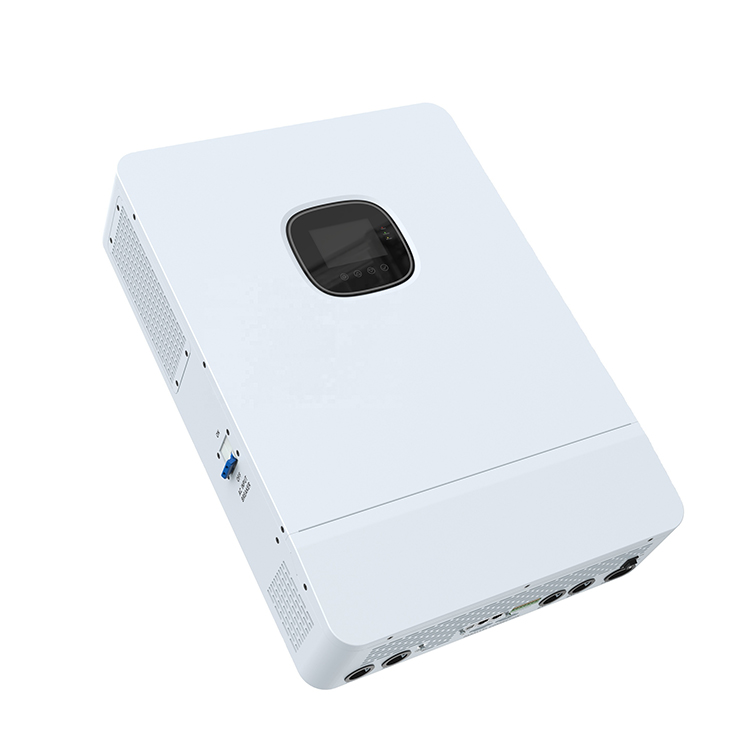
Overvoltage, or voltage overstep, occurs when the output voltage of the inverter exceeds the system’s nominal voltage. This can happen due to various reasons, including grid voltage fluctuations, load surges, or even equipment failures. Overvoltage protection is a safety measure designed to detect and limit such overvoltages, preventing damage to the solar panels, inverters, or the entire system.
, we will delve into the overv,oltage protection mechanisms in Deye and SunGrow inverters, comparing their approaches and evaluating their performance. By understanding the differences, you can make an informed decision on which inverter best suits your solar energy needs.
Deye Inverters: A Focus on Overvoltage Protection
Deye is a well-known brand in the solar energy sector, known for its robust and reliable inverters. The Deye inverters incorporate advanced overvoltage protection features that are designed to handle a wide range of voltage fluctuations. The company’s inverters are equipped with intelligent voltage monitoring systems that continuously track the output voltage and trigger protective measures if a voltage spike is detected.
One of the key features of Deye inverters is their adaptive overvoltage protection. This system adjusts the level of protection based on the operating conditions of the solar system. For instance, in higher output power scenarios or during periods of increased load demand, the overvoltage protection is enhanced to ensure that the system can withstand voltage surges without damage. This adaptive mechanism makes D eye inverters particularly suitable for applications with high power outputs and variable load demands.
Another notable aspect of Deye inverters is their integration with advanced MPPT (Maximum Power Point Tracking) controllers. MPPT ensures that the inverter operates at the optimal power point, which helps in maximizing the energy output from the solar panels. The combination of MPPT and robust overvoltage protection systems in Deye inverters ensures a stable and efficient energy conversion process, even under challenging conditions.
SunGrow Inverters: An Examination of Overvoltage Protection
SunGrow, another prominent brand in the solar energy sector, has also made significant strides in overvoltage protection technology. The SunGrow inverters are designed with a focus on reliability and durability, and their overvoltage protection systems are no exception. Similar to Deye inverters, SunGrow invertors are equipped with advanced voltage monitoring and protection mechanisms to handle voltage spikes and fluctuations.
One of the standout features of SunGrow inverters is their overvoltage protection system, which is based on a combination of current and voltage monitoring. This dual-layer protection ensures that the inverter can detect overvoltage conditions accurately and respond appropriately to limit any potential damage to the system. The current monitoring aspect ensures that the inverter does not allow excessive current flow during overvoltage conditions, while the voltage monitoring aspect ensures that the overv,oltage is within safe limits.
SunGrow inverters also incorporate a feature called “overvoltage learning,” which allows the inverter to learn the specific voltage characteristics of the solar system it is connected to. This adaptive feature enhances the accuracy of overvoltage detection and response, ensuring that the inverter operates optimally under varying conditions.
Comparing Deye and SunGrow Inverters: Key Differences and Considerations
While both Deye and SunGrow inverters offer robust overvoltage protection mechanisms, there are some key differences that can influence your decision. Understanding these differences will help you choose the inverter that best meets your needs.
Adaptive Overvoltage Protection: Deye: The adaptive overvoltage protection in Deye inverters adjusts the level of protection based on the operating conditions. This makes Deye inverters particularly suitable for high power output and variable load scenarios. SunGrow: SunGrow inverters also offer adaptive overv,oltage protection, but the system is based on a combination of current and voltage monitoring, which provides a more comprehensive protection mechanism. Overvoltage Learning: Deye: Deye inverters do not explicitly mention overvoltage learning as a feature, but their adaptive overvoltage protection can provide similar benefits. SunGrow: SunGrow inverters incorporate overvoltage learning, which allows the inverter to learn the specific voltage characteristics of the solar system, enhancing the accuracy of overvoltage detection and response. Integration with MPPT: Deye: Deye inverters are known for their robust integration with MPPT controllers, which works seamlessly with their overvoltage protection systems to ensure optimal performance under varying conditions. SunGrow: SunGrow inverters also offer integration with MPPT controllers, but their overvoltage protection system is designed to work in tandem with the MPPT technology to provide even more robust protection. Durability and Reliability: Both brands are known for their durability and reliability, but SunGrow inverters are often praised for their superior build quality and robust performance in harsh conditions.: Choosing the Right Inverter for Overvoltage Protection
Overvoltage protection is a critical aspect of selecting an inverter for a solar energy system. Both Deye and SunGrow inverters offer advanced overvoltage protection mechanisms, but there are key differences that can influence your decision. Deye inverters excel in adaptive overvoltage protection and integration with MPPT controllers, making them suitable for high power output and variable load scenarios. On the other, hand, SunGrow inverters offer a more comprehensive overvoltage protection system with overvoltage learning, making them a strong choice for systems with complex voltage characteristics.
Ultimately, the choice between Deye and SunGrow inverters depends on your specific needs and the requirements of your solar system. It is essential to evaluate the features and capabilities of each inverter and choose the one that provides the best protection for your system. By ensuring robust overvoltage protection, you can safeguard your solar energy system from potential damage and enjoy a stable and efficient energy conversion process.


